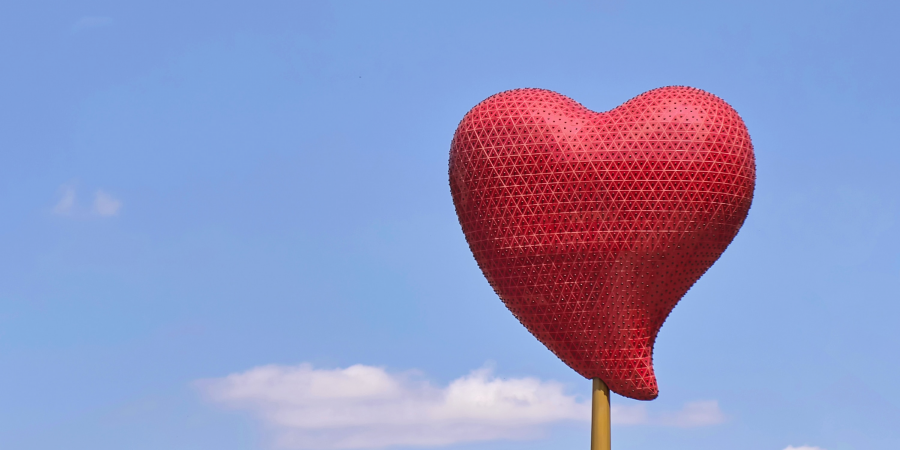

The heart has for some time been embraced all around as the image of adoration, energy, and warmth, rising above social limits and verifiable periods. This significant affiliation is well established in both physiological and close-to-home understandings, entwined with human encounters and imagery that have persevered through hundreds of years.
Physiologically, the heart holds undeniable importance in human existence. It is the heart of the circulatory system, pumping blood all over the body, keeping life going, and keeping you alive. Old developments, strikingly the Egyptians, Greeks, and Romans, perceived the heart's essential job, ascribing to it the seat of feelings, the center of human life, and the wellspring of one's being.
Ancient cultures believed that emotions came from the chest, specifically the heart, which is where the symbolic link between the heart and love comes from. Greek rationalists and doctors like Aristotle and Galen set that the heart was the focal point of feelings and warm gestures, forming the discernment that adoration and energy originated from this indispensable organ.
The heart became the metaphorical container for love through literature, art, and folklore, capturing the essence of human emotions. Middle age European verse and chivalric stories depicted the heart as a vault for respectable sentiments and the dedication of knights to their cherished This romanticized view has saturated culture, encouraging the relationship between the heart and love.
Besides, strict andaaaaaa otherworldly convictions further cemented the heart's imagery. Christianity, for example, views the heart as a portrayal of virtue, empathy, and heavenly love. The sacrosanct heart of Jesus represents unrestricted love and benevolence, accentuating the profound association between the heart and love.
The Silphium plant's seed, which ancient Greeks and Romans associated with love and birth control, is likely where the shape of the heart, which is widely regarded as a symbol of affection, originated. Because of its similarity to a heart, this seed has been used as a love symbol in a variety of cultures.
Besides, the heart's constant, cadenced thumping mirrors the beat of life, inspiring sensations of enthusiasm, fervor, and association. The heart's association with love is reinforced by this innate rhythm, which has become a symbol of emotional states and resonates with individuals on a visceral level.
The persevering through imagery of the heart as a portrayal of adoration continues in contemporary society. From heartfelt motions to articulations of sympathy and empathy, the heart stays a persevering through symbol, rising above semantic boundaries and social variations. As a testament to humanity's collective comprehension and appreciation of the profound emotional depths contained within this vital organ, its universality as a symbol of love endures.
